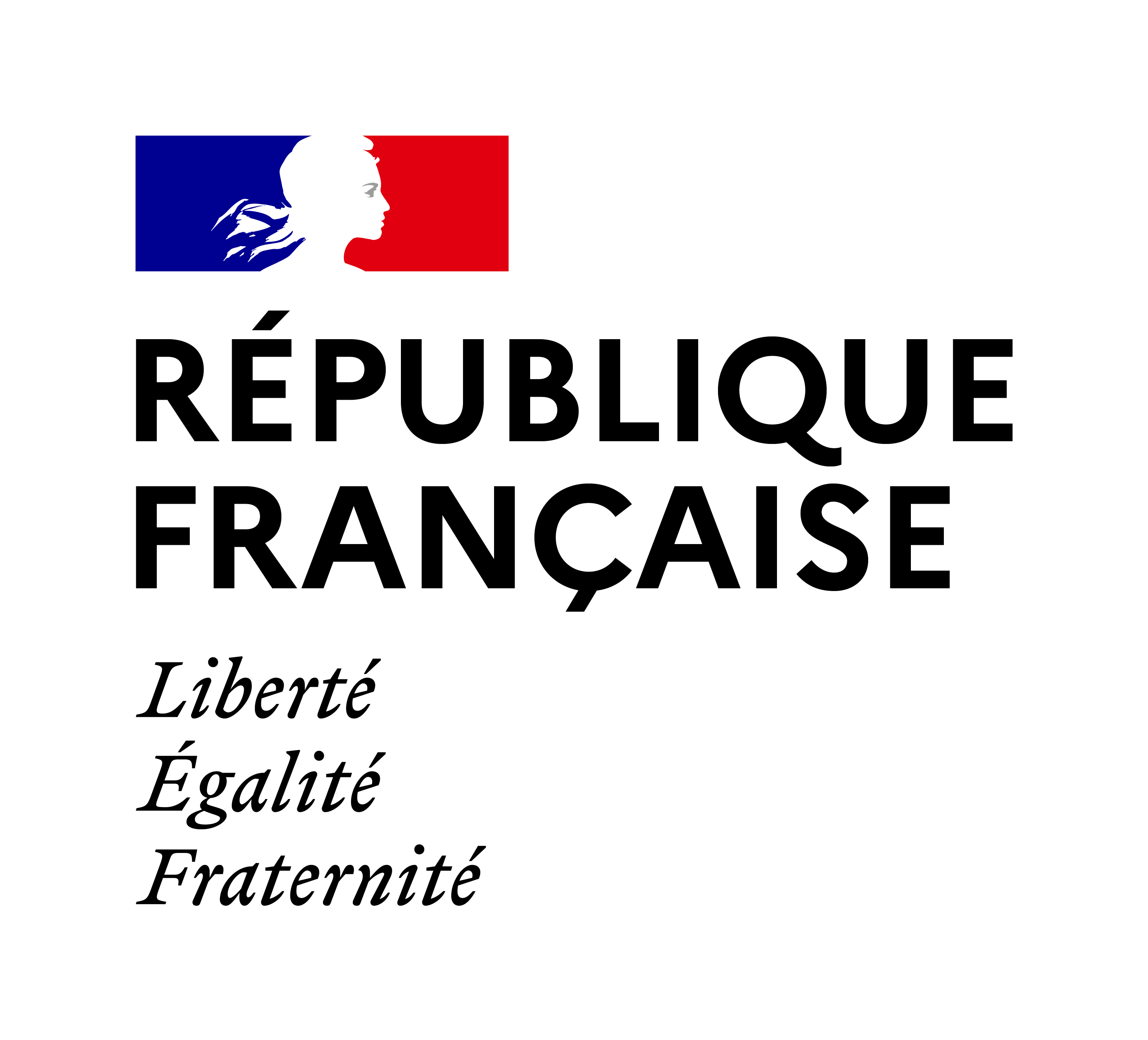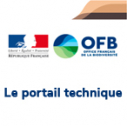The French Biodiversity Agency (OFB), Tour du Valat and partners identify potential new zoning for an African protected area of international importance
The French Biodiversity Agency (OFB), together with Tour du Valat, a research institute for the conservation of Mediterranean wetlands, and their partners, published today an original model of their migratory bird and large mammal count data for Chad. This model enables to suggest several zoning options to local decision-makers for a potential new protected area, maximizing biodiversity benefits and minimising social impacts.
Human pressure on ecosystems has increased dramatically in recent decades, affecting even the most remote regions on each continent. To mitigate its effects, it is essential to define protected areas in regions that still retain a high level of ecological integrity. However, for many regions such as the Sahel, ecological data remains scarce, making the identification of new protected areas difficult and arbitrary.
In this prospect, the RESSOURCE project has answered to a request from the Chad Department of Wildlife and Protected Areas (DFAP) and the NGO African Parks to develop an original methodological approach aimed at identifying optimal zonings for a future protected area located around Lake Iro in southern Chad. The project is co-financed by the European Union and the French Facility for Global Environment (FFEM). It is coordinated by the FAO, the OFB and Tour du Valat, with the support of the French National Research Institute for Sustainable Development (IRD) and the University of Aarhus. These zonings are said to be optimal because they maximise the ecological benefits of the new protected area while reducing any negative impact on various local uses such as agriculture or grazing.
The triple methodological challenge lays in 1. the difficulty of land access to the targeted area, 2. the almost complete absence of standardised, geo-referenced biodiversity data, and 3. the need for a methodological approach immediately adaptable to this challenging context. Four sessions of aerial bird and mammal counts were required, jointly conducted by the DFAP, the OFB, African Parks and Tour du Valat, in order to accumulate enough data to successively combine the three modeling stages. Biodiversity data was used to predict a distribution layer for each species, successively using “distance sampling” and “density surface modelling” models. These specific layers were then integrated with layers of socio-economic constraints in the "Marxan" systematic conservation planning tool, developed for optimising protected area zoning. Frequent exchanges between the OFB, Tour du Valat modellers and Chadian managers were essential to validate each step and select seven of the potential zoning scenarios identified by Marxan, in order to discuss them with local stakeholders.
In the context of data scarcity, strongly limited access to the focus area and short-term conservation objectives, this combined approach optimises aerial data through a suite of modeling tools. It can facilitate the identification and, ultimately, the protection of areas of high heritage value in regions in urgent need of a conservation policy. It could therefore prove particularly suitable for contributing to the objectives of the High Ambition Coalition for Nature and People (HAC 2.0) and the Kunming-Montreal Agreement of the Convention on Biological Diversity, particularly for regions where biodiversity remains poorly known.
This method is presented in a recent publication co-edited by the OFB and Tour du Valat: Ducros D, Devillers R, Messager A, Suet M, Wachoum A, Deschamps C, Breme B, Petersen IK, Kayser Y, Vincent-Martin N, Djimasngar MBN, Portier B, Champagnon J, Mondain-Monval JY, Defos du Rau P. Planning from scratch: A new modelling approach for designing protected areas in remote, data-poor regions. In press in Journal of Applied Ecology.




